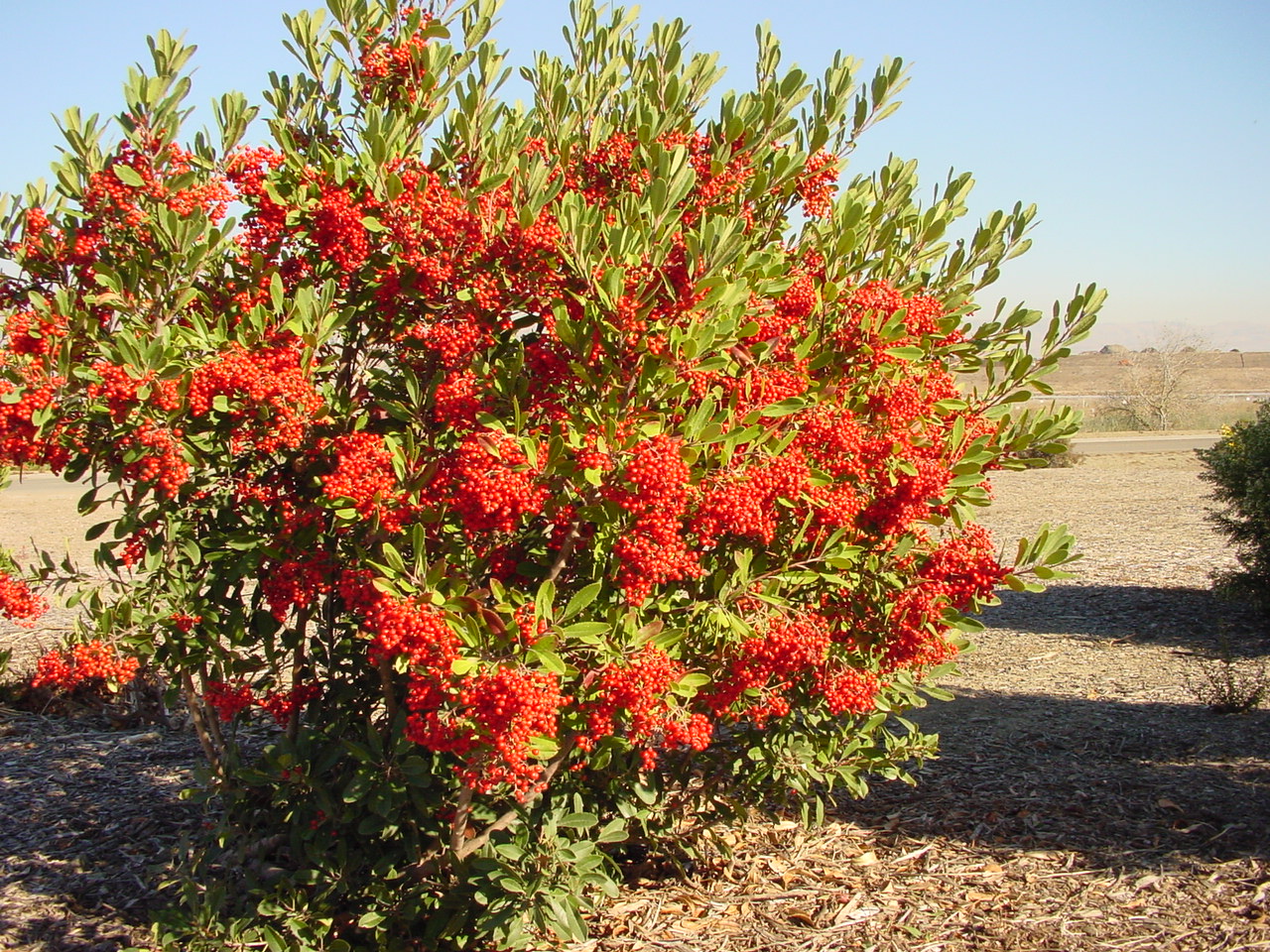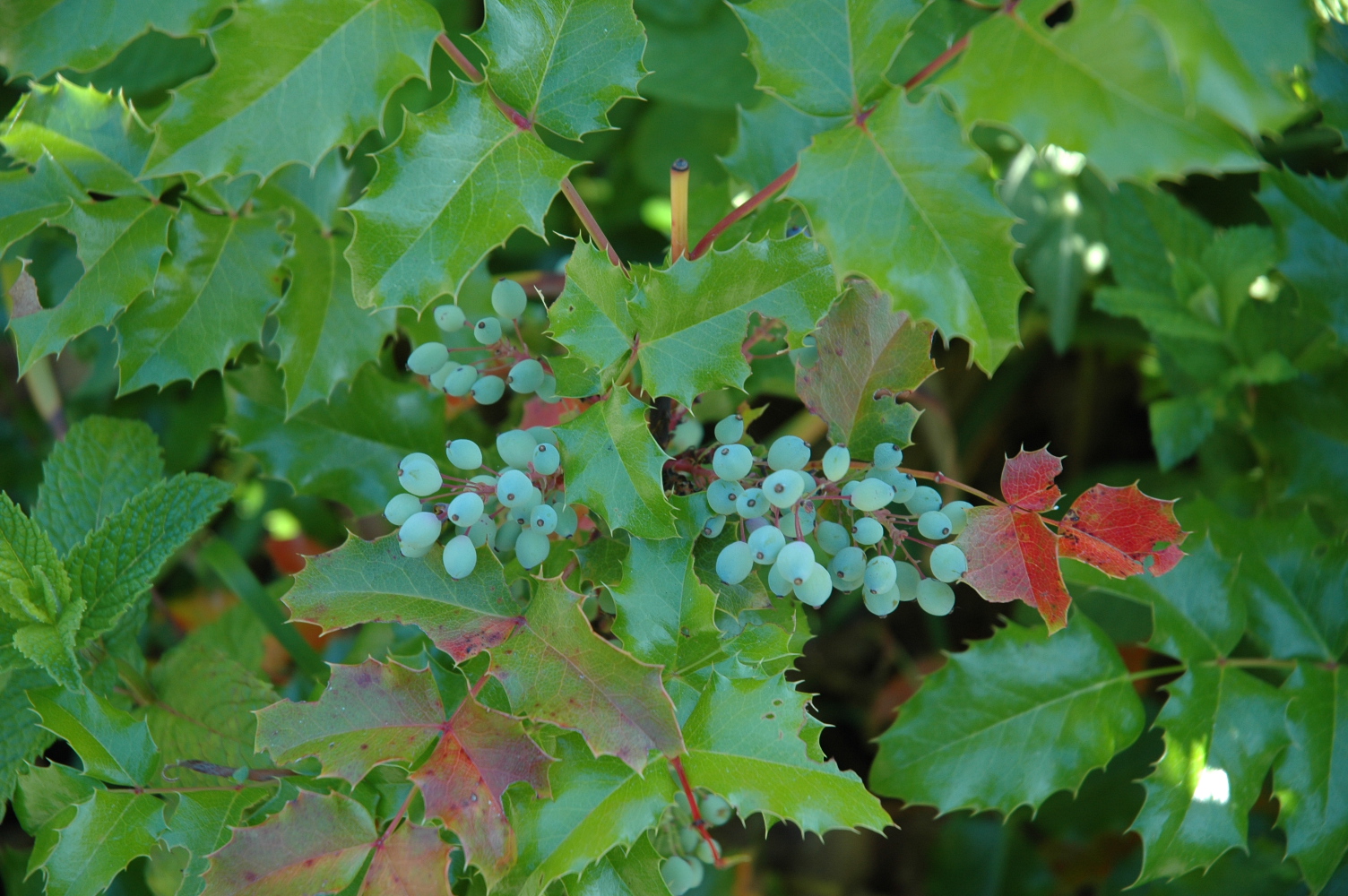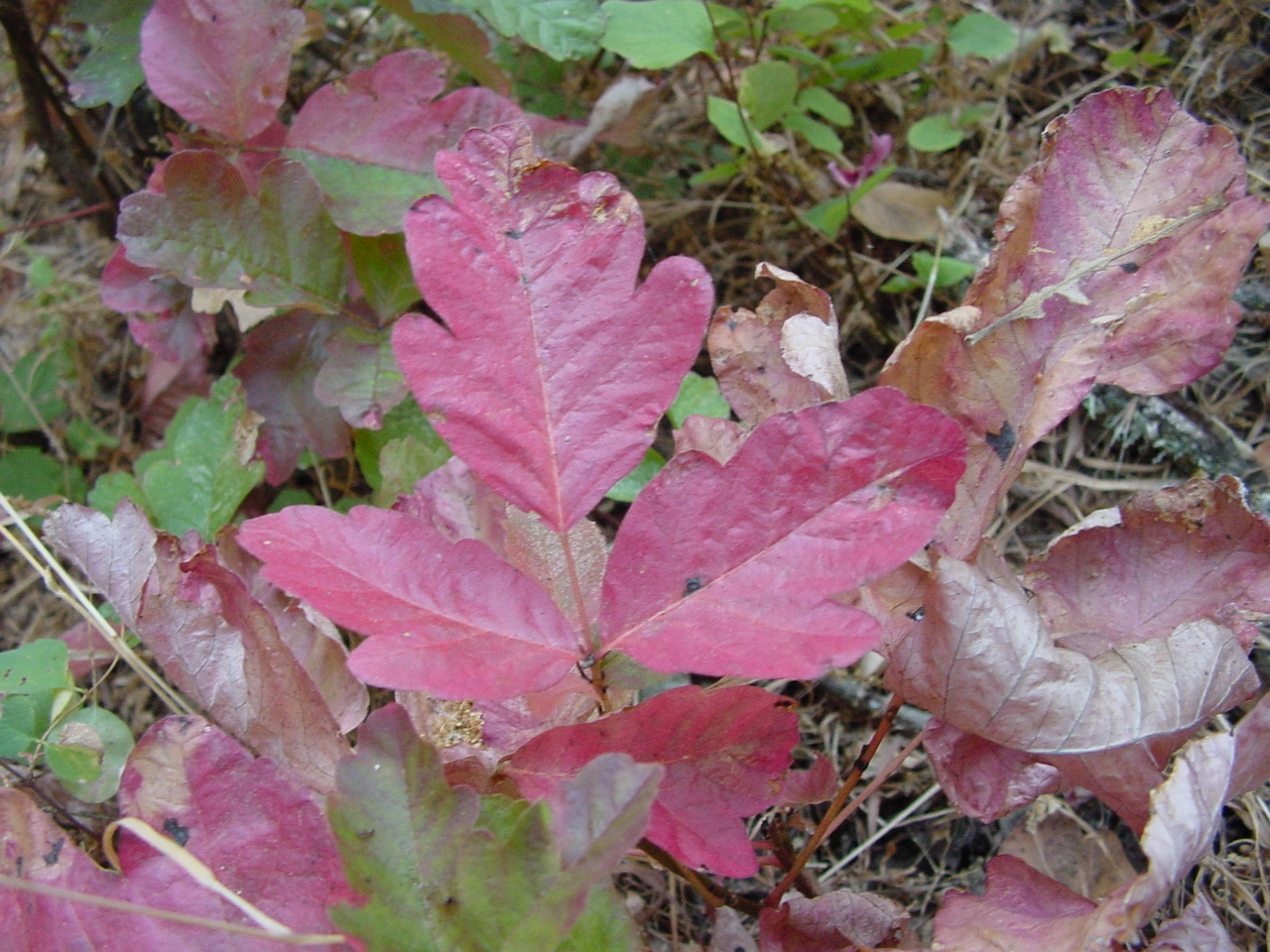Books for the Native Plant Gardener
Many of the books listed here are available for purchase during Chapter plant sales and programs. Members receive a discount. A list of books stocked by the chapter is available here.
|
||
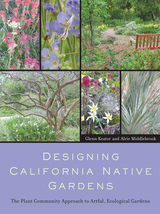 |
DESIGNING CALIFORNIA NATIVE PLANTS GARDENS: THE PLANT COMMUNITY APPROACH TO ARTFUL, ECOLOGICAL GARDENS. Glenn Keator and Alrie Middlebrook. University of California Press (June 4, 2007). 352 pp, paperback. This book was created with the aim of conveying the awesome diversity and beauty of California's native plants and demonstrating how they can be brought into ecologically sound, attractive, workable, and artful gardens. Structured around major California plant communities--bluffs, redwoods, the Channel Islands, coastal scrub, grasslands, deserts, oak woodlands, mixed evergreen woodlands, riparian, chaparral, mountain meadows, and wetlands--the book's twelve chapters each include sample plans for a native garden design accompanied by original drawings, color photographs, a plant list, tips on successful gardening with individual species, and more. | |
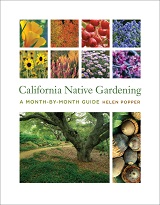 |
CALIFORNIA NATIVE GARDENING, A MONTH-BY-MONTH GUIDE. Helen Popper. University of California Press (2012). 217 pp, paperback. Helen Popper is a long-time member of the Santa Clara Valley chapter of the California Native Plant Society and one of the first Gardening with Natives subgroup members. She was the note taker at the group's early monthly meetings, and this book is a compilation of the knowledge of the native plant society members from those meetings. Popper goes over some of the concepts in the book at a CNPS meeting. | |
 |
CALIFORNIA NATIVE PLANTS FOR THE GARDEN. Carol Bornstein, David Fross, Bart O'Brien. Cachuma Press (December 1, 2005). 280 pp, paperback & hardback. This comprehensive resource features more than 500 of the best California native plants for gardening. Written by three of the state's leading native-plant horticulturists and illustrated with 450 color photos, this reference book also includes chapters on landscape design, installation, and maintenance. Detailed lists of recommended native plants for a variety of situations and appendices with information on places to see native plants and where to buy them are also provided. | |
 |
GARDENING WITH A WILD HEART. Judith Larner Lowry. University of California Press (1999), Berkeley, CA. 252 pp, softback. A compelling investigation into the whys and hows of gardening with native plants. Its engaging style mixes personal history, botany, anthropology, and ecology, and brings it all to bear on what you could be doing in your yard. This book has inspired many to practice restoration gardening. | |
|
||
|
|
GARDENERS' GUIDE TO CALIFORNIA WILDFLOWERS. Kevin Connelly. Theodore Payne Foundation, 10459 Tuxford Street, Sun Valley, CA 91352. A personal take on wildflower gardening, with a focus on Southern California wildflowers. | |
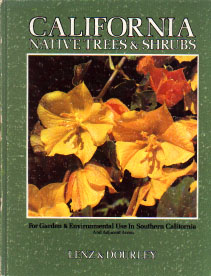 |
CALIFORNIA NATIVE TREES AND SHRUBS. Lee Lenz, John Dourley. Rancho Santa Ana Botanic Garden. Out of print. | |
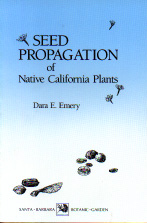 |
SEED PROPAGATION OF NATIVE CALIFORNIA PLANTS. Dara Emery. Santa Barbara Botanic Garden, Santa Barbara, CA. 115 pp, softback. An extensive table lists germination and propagation requirements of hundreds of native species. | |
 |
COMPATIBLE PLANTS UNDER AND AROUND OAKS. Bruce Hagen et al. California Oak Foundation, 1212 Broadway, Suite 810, Oakland, CA 94612. 69 pp, softback. | |
 |
FLOWERING SHRUBS OF CALIFORNIA AND THEIR VALUE TO THE GARDENER. Lester Rowntree. Stanford University Press. 1939. One of the earliest and best written books on native plants. Worth looking for in used book stores. | |
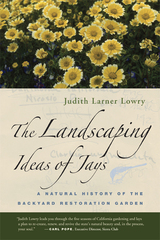 |
THE LANDSCAPING IDEAS OF JAYS: A NATURAL HISTORY OF THE BACKYARD RESTORATION GARDEN. Judith Larner Lowry. University of California Press, 2007. 292 pp, softback. Elegantly organized by season, this lyrical yet practical guide to backyard restoration gardening celebrates the beauty, the challenges, and the rewards of growing native plants at home. Judith Larner Lowry, winner of the prestigious John Burroughs award, here builds on themes from her best-selling Gardening with a Wild Heart, which introduced restoration gardening as a new way of thinking about land and people. Drawing on her experiences in her own garden, Lowry offers guidance on how to plan a garden with birds, plants, and insects in mind; how to shape it with trees and shrubs, paths and trails, ponds, and other features; and how to cultivate, maintain, and harvest seeds and food from a diverse array of native annuals and perennials. Working in passionate collaboration with the scrub jays, quail, ants, and deer who visit her garden, and inspired by other gardeners, including some of the women pioneers of native plant horticulture, Lowry shares the delights of creating site-specific, ever-changing gardens that can help us better understand our place in the natural world. | |
 |
THE CALIFORNIA LANDSCAPE GARDEN: ECOLOGY, CULTURE, AND DESIGN. Mark Francis, Andreas Reimann. University of California Press. 1999. 254 pp, hardcover. The beauty, resources, and natural processes of the California landscape are brought to the home garden in Mark Francis and Andreas Reimann's fine testament to ecological gardening. The authors connect history, culture, region, and design to help us understand how California and its human population have evolved historically and how individuals today can make a difference in the state's future in their own backyards. The authors' goal is to bring the history of the California garden up to date with the ecological and cultural concerns of our time. Francis and Reimann use California's natural beauty and habitat as a starting point for inspiring Californians to see their gardens as extensions of the surrounding landscape. They provide essential information on native plants and wildlife, ecology and bioregionalism, landscape history and design concepts, as well as numerous examples showing how to integrate environmental principles in one's garden. Landscape meaning and regional thinking are an important part of an ecosystem approach to home gardening, say the authors. This is a book for anyone seeking a garden philosophy that is environmentally sensitive, and even experienced home gardeners, landscape professionals, and horticulturists will find new and useful material here. | |
|
||
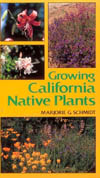 |
GROWING CALIFORNIA NATIVE PLANTS. Marjorie Schmidt. University of California Press, Berkeley, CA. 366 pages, softback. First published in 1981, this book is still at the top of the heap when it comes to books on native plant gardening. Written for the gardener, the book covers a wide variety of native plants, their characteristics, culture information, and estimate of garden value. This is a must-have book for beginners and experts alike. | |
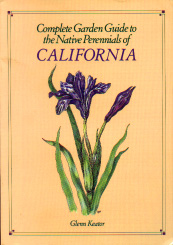 |
NATIVE PERENNIALS OF CALIFORNIA. Glenn Keator. Chronicle Books, San Francisco, CA. 303 pp, softback. This out-of-print book is worth hunting for in used bookstores for its encyclopedic content. | |
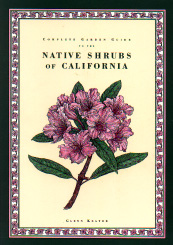 |
NATIVE SHRUBS OF CALIFORNIA. Glenn Keator. Chronicle Books, San Francisco, CA. 314 pp, softback. A handy reference on woody native plants. A particularly useful section is the appendix on commonly available cultivars. | |
|
||
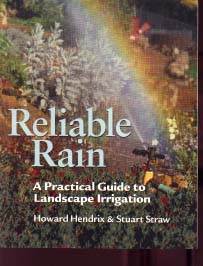 |
RELIABLE RAIN: A PRACTICAL GUIDE TO LANDSCAPE IRRIGATION. Howard Hendrix, Stuart Straw. Taunton. 140 pp, softback. | |
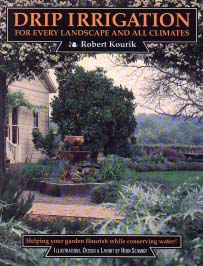 |
DRIP IRRIGATION FOR EVERY LANDSCAPE AND ALL CLIMATES. Robert Kourik. Metamorphic Press. 118 pp, softback. | |
|
||
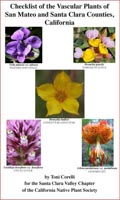 |
Checklist of the Vascular Plants of San Mateo and Santa Clara Counties.This publication documents over 2,000 species occurring in our two counties. The checklist includes the scientific and common names as in the 2nd edition of The Jepson Manual. Each species also includes the local preserves the plant occurs in, and other information about our local plants. Softcover coil bound (5 ½) x (8 ½), 161 pages.160 pp. The checklist can be purchased at the online CNPS SCV Nursery store. | |
 |
THE JEPSON MANUAL: HIGHER PLANTS OF CALIFORNIA. James Hickman, ed. University of California Press, Berkeley, CA. The final word on California native plants. | |
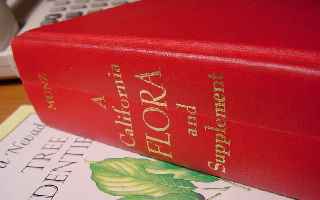 |
A CALIFORNIA FLORA. Philip Munz. University of California Press, Berkeley, CA. 1681 + 224 pp, hardback. Obsoleted by Jepson, this reference is still a favorite of many botanists. | |
 |
FLORA OF THE SANTA CRUZ MOUNTAINS OF CALIFORNIA. John Hunter Thomas. Stanford University Press, Stanford, CA. 434 pp, softback. | |
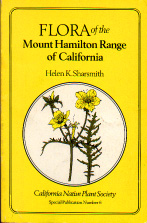 |
FLORA OF THE MOUNT HAMILTON RANGE. Helen Sharsmith. CNPS, Berkeley. 94 pp, softback. Out of print but worth hunting for at used bookstores. | |
 |
FLORA OF THE SAN BRUNO MOUNTAINS. Elizbeth McClintock et al. CNPS, 909 12th Street, Suite 116, Sacramento, CA 95814. 223 pp, softback. | |
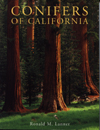 |
CONIFERS OF CALIFORNIA. Ronald M. Lanner. Cachuma Press, P.O. Box 560, Los Olivos, CA 93441. 288 pp, softback. Award-winning book on all 52 majestic evergreen trees of the state. A superb mix of writing style, botanical knowledge, and appealing presentation. It may be the only book you need on the subject. | |
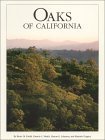 |
OAKS OF CALIFORNIA. Bruce Pavlik et al. Cachuma Press, P.O. Box 560, Los Olivos, CA 93441. 184 pp, softback. An engagingly written and produced work on California's native oaks. Browse the beautiful pictures and captions, or read a chapter at leisure. A great first reference for identifying common oaks. | |
|
||
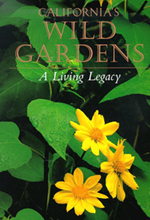 |
CALIFORNIA'S WILD GARDENS: A Living Legacy. Phyllis M. Faber, ed. California Native Plant Society, Sacramento. 235 pp, hardback. The breathtaking beauty of California's native plants is captured in over 500 photographs and engaging commentary in an all-color, coffee table book format. | |
 |
WILDFLOWERS OF CALIFORNIA. Larry Ulrich, Susan Lamb. Companion Press, Santa Barbara, CA. 136 pp, softback. While not about gardening, this book will leave you marveling at the beauty and diversity of California native wildflowers, and wishing you could grow them in your garden. Detailed captions accompany each photograph, with the plant name and location, allowing you to plan field trips, or visit your local native nursery for seeds. | |
|
||
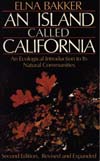 |
AN ISLAND CALLED CALIFORNIA. Elna Bakker. University of California Press. 400 pp, softback. A classic reference which connects the native flora, fauna, climate, and geography of each biotic community in the state. | |
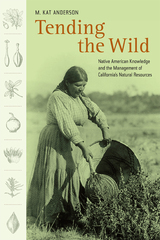 |
TENDING THE WILD: NATIVE AMERICAN KNOWLEDGE AND THE MANAGEMENT OF CALIFORNIA'S NATURAL RESOURCES. M. Kat Anderson. University of California Press, 2006. 555 pp, paperback. John Muir was an early proponent of a view we still hold today--that much of California was pristine, untouched wilderness before the arrival of Europeans. But as this groundbreaking book demonstrates, what Muir was really seeing when he admired the grand vistas of Yosemite and the gold and purple flowers carpeting the Central Valley were the fertile gardens of the Sierra Miwok and Valley Yokuts Indians, modified and made productive by centuries of harvesting, tilling, sowing, pruning, and burning. Marvelously detailed and beautifully written, Tending the Wild is an unparalleled examination of Native American knowledge and uses of California's natural resources that reshapes our understanding of native cultures and shows how we might begin to use their knowledge in our own conservation efforts. Tending the Wild persuasively argues that this traditional ecological knowledge is essential if we are to successfully meet the challenge of living sustainably. | |
|
||
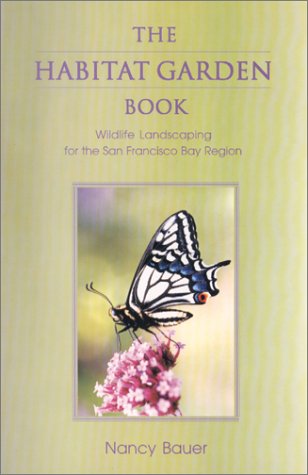 |
THE HABITAT GARDEN BOOK. Nancy Bauer. Coyote Ridge Press, P.O. Box 192, Sebastopol, CA 95473. 56 pp, softback. This little gem makes for a great beginning to gardening for birds, bees, and butterflies, with written and pictorial vignettes of habitat and food plants in bloom. Native plants are well-represented, although the book includes some non-natives as well. If you are just getting interested in bringing natives into your garden, this book puts it all into context. | |
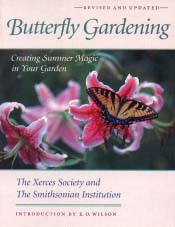 |
BUTTERFLY GARDENING. Xerces Society, Smithsonian Institution. Sierra Club Books, San Francisco. 1998. 208 pp, softback. Essays by experts on gardening for butterflies, with many exquisite color closeups, master plant list, life cycle, photography, and resource list. | |
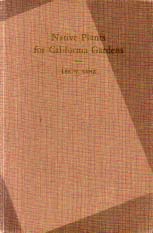 |
NATIVE PLANTS FOR CALIFORNIA GARDENS. Lee Lenz. Rancho Santa Ana Botanic Garden. 1956. 166 pp, hardback. Out of print, but may be available through used book sellers. | |
|
|
OUT OF THE WILD AND INTO THE GARDEN. Bart O'Brien, Lorrae Fuentes, Lydia Newcombe, Eds. Symposium proceedings. Rancho Santa Ana Botanic Garden Occasional Publications. Part I, 1992, 212 pp. Part II, 1995, 262 pp. Part III, 1997, 134 pp. |
|
This page compiled by Arvind Kumar, Jeffrey Caldwell, Tanya Kucak, Vivian Neou and Agi Kehoe. Send your comments and suggestions to This email address is being protected from spambots. You need JavaScript enabled to view it.
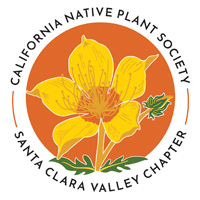

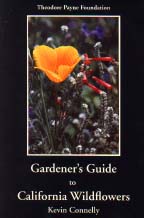
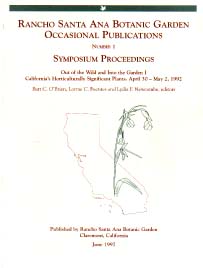
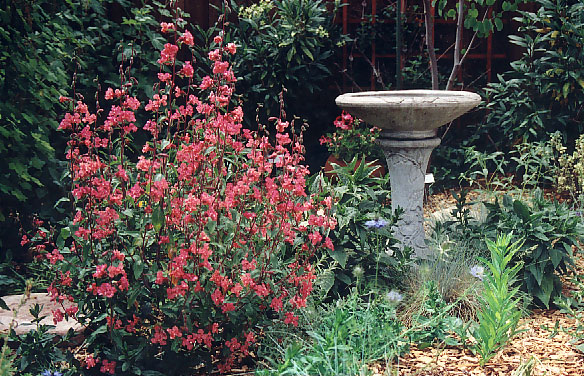
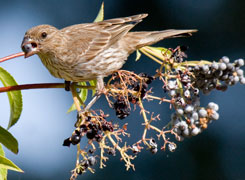
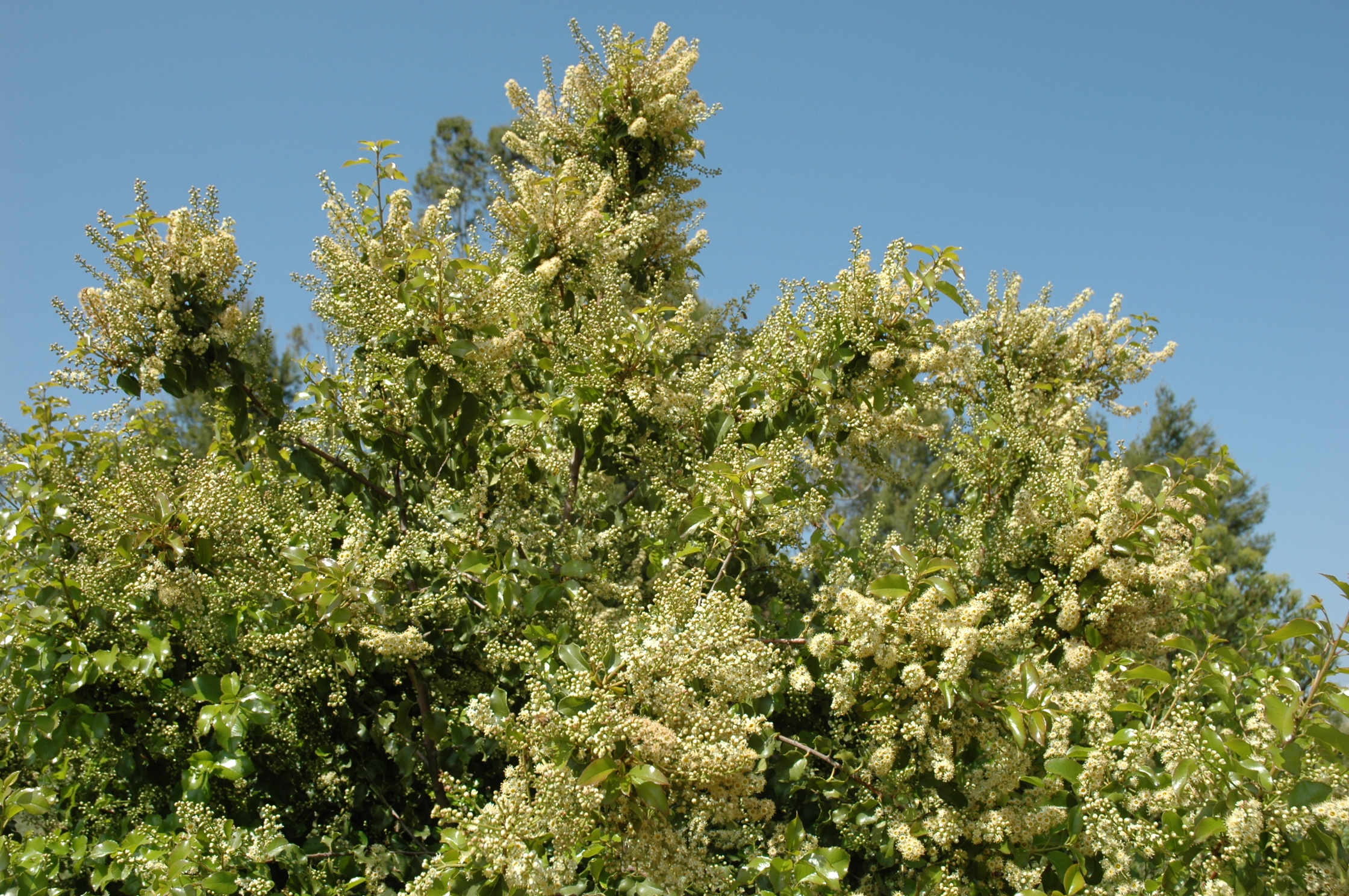
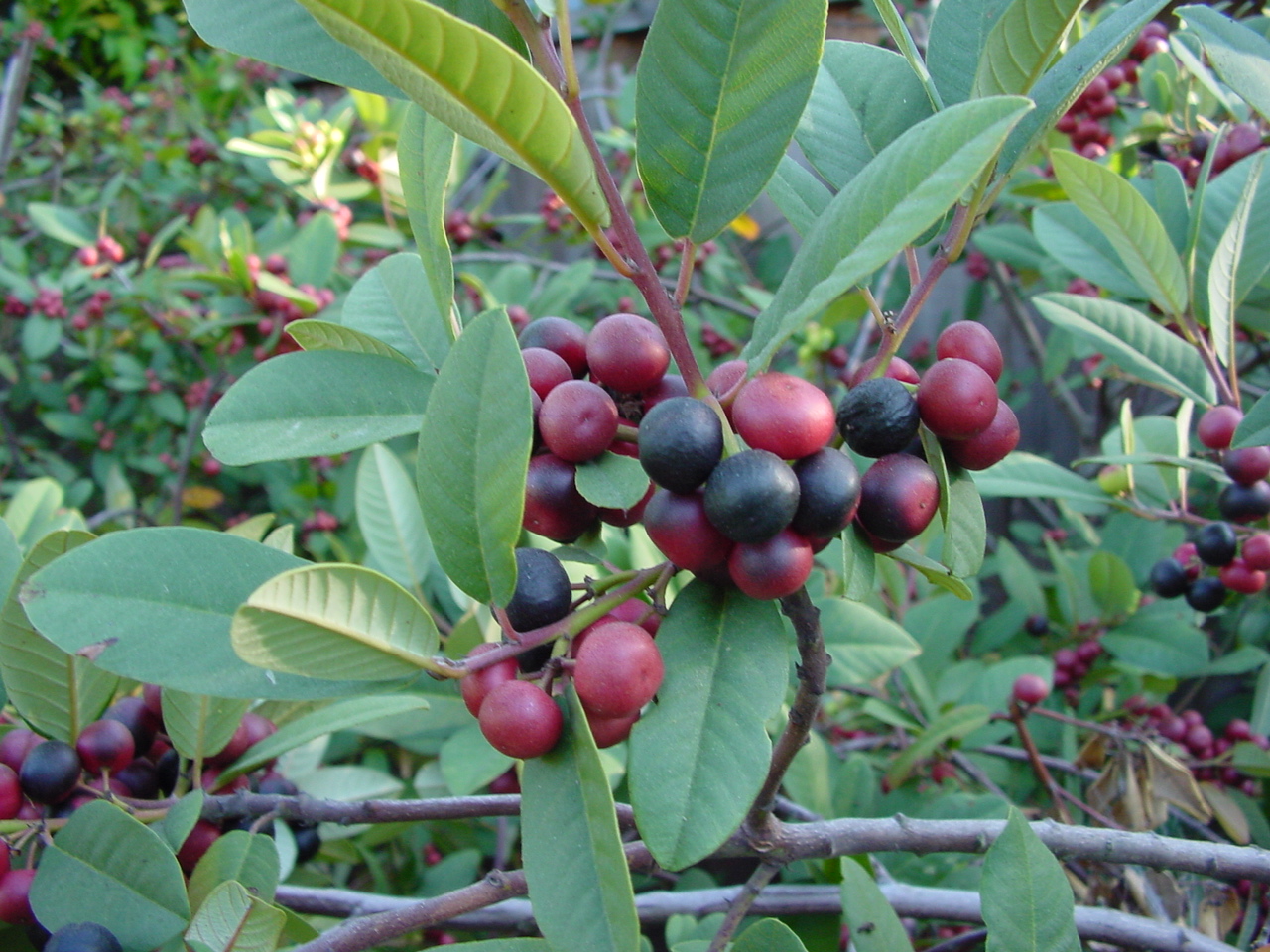
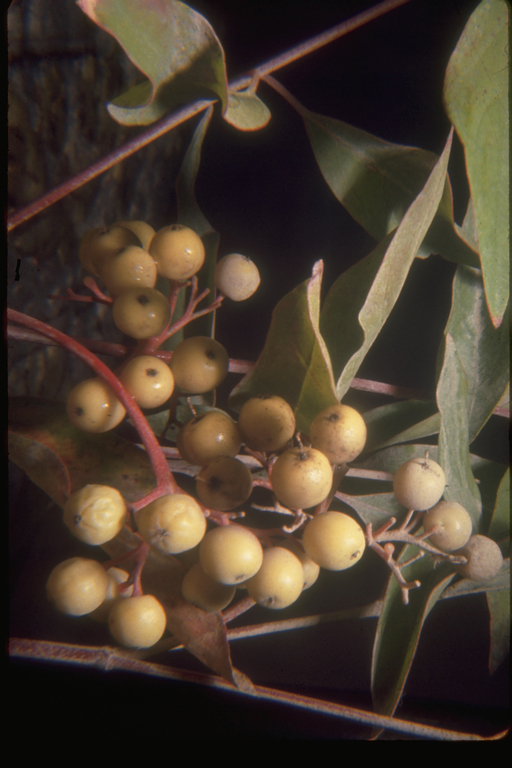 Brown dogwood (Cornus glabrata)
Brown dogwood (Cornus glabrata) 